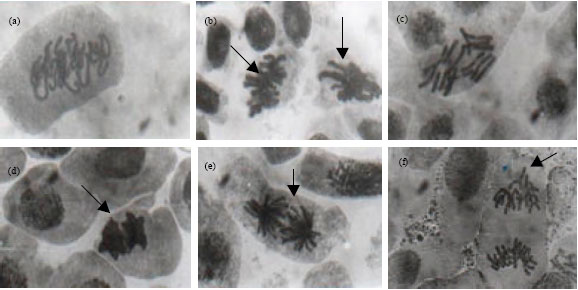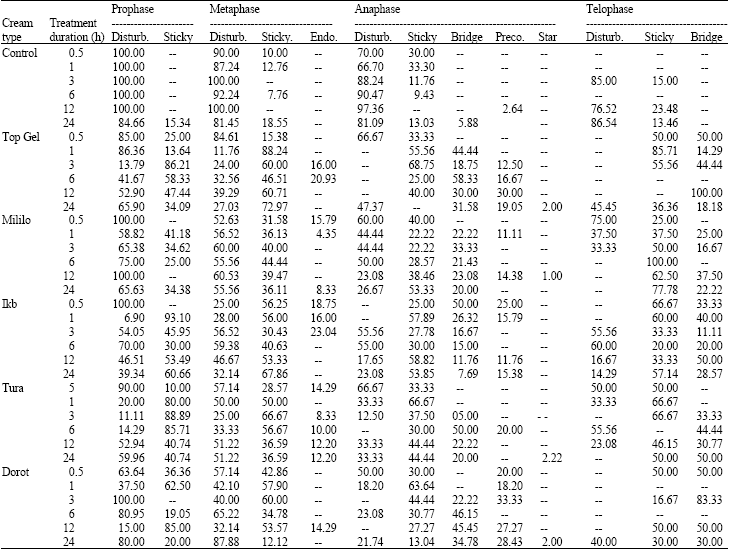Research Article
Cytotoxic Effects of Five Commonly Abused Skin Toning (Bleaching) Creams on Allium cepa Root Tip Mitosis
Department of Botany, University of Nigeria, Nsukka, Nigeria
J. C. Chukwujekwu
Research Centre for Plant Growth and Development, University of Kwa-Zulu Natal, Pietermaritzburg, Private Bag X01, Scottville 3209, South Africa


















